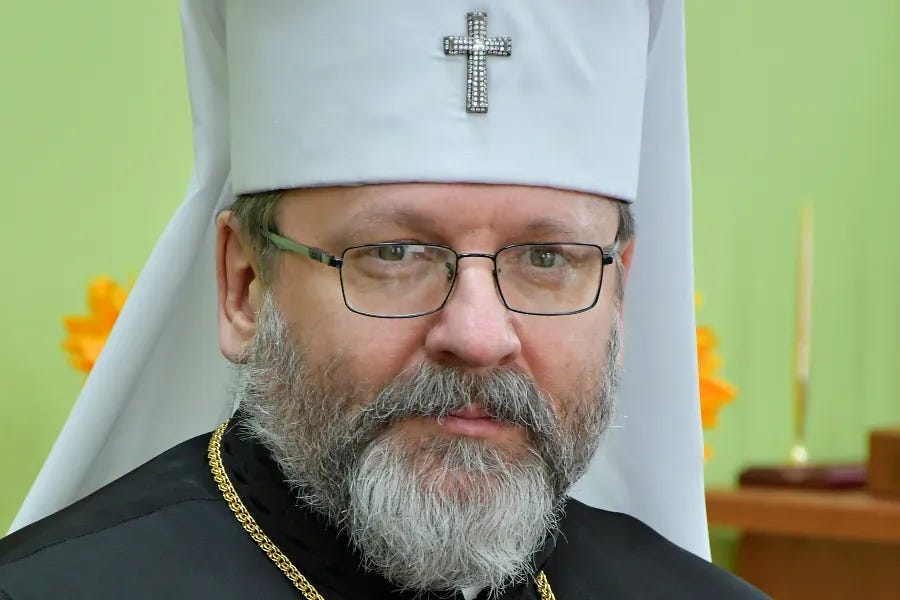One of the world’s most intricate bishops’ selection processes became even more complicated Tuesday when a lay parliament voted to expand the candidate pool.

Members of the Catholic College (Katholische Kollegium) of the Swiss Canton of St. Gallen voted Nov. 19 to make religious priests eligible to be chosen as the next Bishop of St. Gallen.
The change — approved by 157 votes in favor and 2 against, with 10 abstentions — temporarily lifts a restriction in an 1845 concordat limiting the choice to diocesan priests.
But it’s unclear whether the change will take effect, as the diocese's cathedral chapter has already sent Rome a list of six candidates.
St. Gallen, which serves roughly 250,000 Catholics, is one of several dioceses in the German-speaking Catholic world where the cathedral chapter plays a leading role in selecting a new bishop.
The diocese in northeastern Switzerland said in September that the chapter had proposed the temporary expansion of the candidate field to succeed Bishop Markus Büchel, who submitted his resignation when he turned 75 Aug. 9.
The diocese said the change would double the number of candidates, from 30 to 60. It would only be temporary because otherwise the Holy See would need to renegotiate the concordat.
Archbishop Martin Krebs, the apostolic nuncio to Switzerland, approved the change on behalf of the Vatican. But it also needed the lay parliament’s backing, which came after the list was submitted to Rome.
Only the cathedral canons and Vatican officials currently know whether the shortlist of six includes the names of religious priests, according to the Swiss Church website kath.ch.
The St. Gallen diocese announced Aug. 15 that Pope Francis had approved the start of the process to find a new bishop. Following the pope’s signal, the cathedral canons had three months to prepare for the election of Büchel’s successor.
Local Catholics were caught off guard because they had not expected the pope to initiate the process so soon after Büchel’s 75th birthday.
In a break with custom, Büchel will remain in office until the appointment of his successor, meaning there will be no vacancy period in which the diocese is run by an administrator.
The episcopal selection process began with a survey of Church groups, led by the Swiss Institute of Pastoral Sociology (SPI) in St. Gallen. Groups were asked to identify the qualities needed in a new bishop.
The SPI published the survey results Sept. 19. Respondents said the next bishop should encourage creative responses to changing conditions in the diocese and allow local Catholics “to dare to try new things and let go of old ones.”
After reviewing survey responses, the cathedral chapter drew up a shortlist of six priests and sent it to Rome via the nuncio.
The Vatican will scrutinize the list, before returning it to the cathedral chapter via the nuncio.
The 180 elected members of the lay parliament will be shown the six names, which they are expected to treat as confidential.
The parliament can declare that three of the six candidates identified by the cathedral chapter and scrutinized by Rome are “less favorable,” resulting in their elimination.
The cathedral chapter will then hold a ballot. After the chapter selects a new bishop, the candidate has a week to accept or decline. If he agrees, Pope Francis is expected to formally appoint the candidate as the new Bishop of St. Gallen.
The St. Gallen diocese, which dates back to 1847, is known to Catholics worldwide thanks to the St. Gallen Group, an informal circle of senior churchmen unhappy with the direction of the Church under John Paul II and Benedict XVI. Their discussions were hosted by St. Gallen’s then Bishop Ivo Fürer, who was succeeded by Büchel in 2006.
The St. Gallen website said the provision in the 1847 concordat limiting episcopal candidates to diocesan priests was requested by local Catholics, who wanted to prevent a religious priest from becoming bishop and restoring the local Benedictine abbey.
The Abbey of St. Gall, which was for centuries one of Europe’s leading Benedictine monasteries, was dissolved in 1805. The abbot of St. Gall was a prince of the Holy Roman Empire (Reichsfürst), enmeshed in local politics and with considerable influence over the local population.
Lay parliaments are a peculiarity of Swiss Catholicism, which operates under a “the dual system.” In addition to the normal diocesan structure, the Catholic Church in Switzerland has democratically organized regional bodies known as cantonal churches. The regional bodies have their own synods, or parliaments, with elected members.
The Catholic Church in St. Gallen consists not only of the diocese but also a body called the Catholic Denominational Section of the Canton of St. Gallen (Katholischer Konfessionsteil des Kantons St. Gallen).
The body is recognized as a corporation under public law and has a constitution. It is responsible for the construction and maintenance of buildings, payment of Church staff salaries, and ensuring that financially buoyant communities support struggling ones, among other tasks.
The lay parliament, the body’s legislature, is responsible for formulating an annual Church budget and approving of annual accounts, among other tasks.
Participants in the synod on synodality expressed a wish in their final document “that the People of God have a greater voice in choosing bishops.” But they did not specify whether this should be based on the Swiss model.




